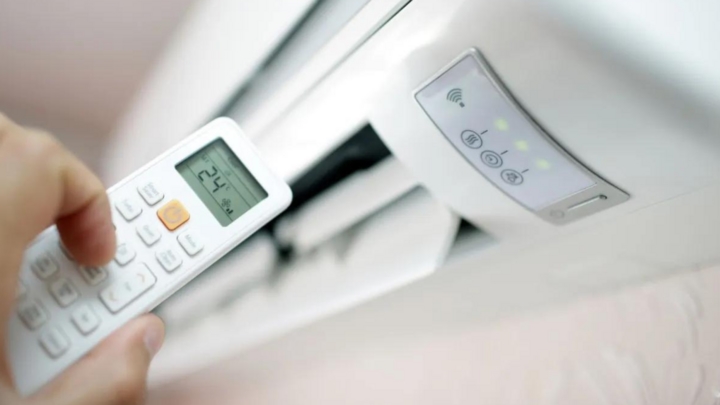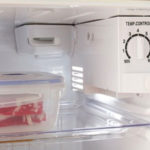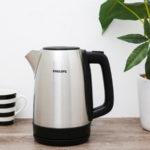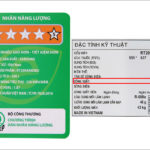Air conditioners have become a necessity for many households today as they help regulate the air, balance the temperature, and provide relief from the scorching summer heat. But when turning on the AC, should you set it to high or low airflow? The optimal use of air conditioners is still a question for many.
Should You Set Your AC to High or Low Airflow?
To cool a room faster, apart from setting the desired temperature, it’s important to consider the fan speed. According to an AC repair technician, the stronger the airflow from the AC, the faster the cool air will be distributed throughout the room. Subsequently, the sensors in the AC will automatically detect when the room reaches the set temperature via the remote control. The AC will then gradually reduce its power and slow down.
This proves that the higher the fan speed on the AC, the quicker it will reach the set temperature, thus helping families save energy efficiently. Conversely, setting the fan speed to low will blow the cold air out more slowly, resulting in higher energy consumption.
However, running the AC at high fan speed can be noisy, and strong airflow over an extended period can dry out your skin. Therefore, once the room reaches a comfortable temperature and the cool air has evenly distributed, it’s advisable to lower the fan speed.

Should you set your AC to high or low airflow? (Illustration: Istock)
Additionally, when the fan is operating at high speed, adjust the airflow direction to avoid pointing it directly at individuals to prevent potential health issues, especially for children or those prone to illness.
Whether to set the AC to high or low airflow depends on the situation and requires adjustments to suit your needs.
What’s the Ideal AC Temperature Setting?
According to experts, it’s recommended to turn on the AC only during extremely hot days when the outdoor temperature exceeds 35°C. The temperature difference between the indoor and outdoor environments should ideally be a maximum of 6-10°C to maintain the users’ health.
The optimal AC temperature setting is between 24-27°C, providing a comfortable atmosphere while being beneficial for your health.
On extremely hot days, when the outdoor temperature soars to 40°C, applying the maximum 8°C difference rule might not be sufficient to cool the room. Therefore, during such weather conditions, you can set the AC temperature to 26-28°C and use a fan to enhance the cooling effect.
Note that even during intensely hot weather, you should avoid setting the AC temperature too low for an extended period, as it can damage the unit, increase energy consumption, and negatively impact your health, leading to conditions like heat shock or colds.
Additional Power-Saving Modes on Your AC
Apart from adjusting the fan speed, you can explore other power-saving modes on your AC for efficient and economical usage:
Sleep mode, or night mode, helps conserve energy when the AC runs continuously during the night and protects the users’ health.
The timer function allows users to manage the AC’s operating time. You can set the desired duration for the AC to function, after which it will automatically turn off.
Fan-only mode: In this mode, your AC will only utilize power to run the fan. While it’s more energy-efficient, it’s best suited for cool or mild days when you want to circulate the air in the room without cooling it further.
Energy-saving mode: When activated, the AC compressor automatically adjusts all its operations to the most energy-saving settings. While it conserves energy, it still ensures the AC functions effectively and meets the users’ needs.
According to VTC News
Understand Energy-Saving Labels When Shopping for Energy-Efficient Products
Want to learn more about energy saving products? Check out this article from Dien May XANH and explore the details of the energy labels provided by the Ministry of Industry and Trade—a handy source of information for consumers when picking out items.
Maximizing Durability and Energy Efficiency with High-Speed Kettles: Tips and Advice
Are you an electric kettle aficionado? If so, you’ll appreciate Ði?n máy Xanh’s latest offering. We’ve compiled comprehensive instructions to help you make the most of your electric kettle, including tips on how to prolong its life as well as maximize energy savings. Let’s get your kettle expertise up to date!



































